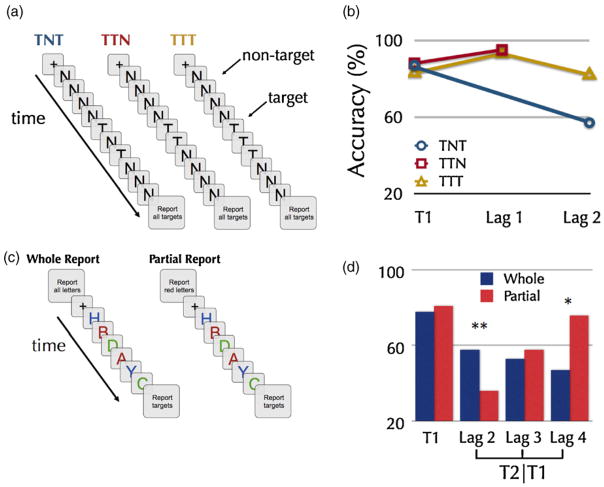Fig. 3. Spreading the sparing and the whole report advantage.
(a) Several studies have reported that no AB occurs when two or more targets are to be identified within a stream of non-targets, as long as a target is not followed by a non-target, a finding referred to as ‘spreading the lag-1 sparing effect’ (Di Lollo et al., 2005; Nieuwenstein and Potter, 2006; Olivers et al., 2007; Potter et al., 2008). Panel A shows a schematic trial representation of three experimental conditions producing an AB (TNT), lag-1 sparing (TTN), and spreading the sparing (TTT), respectively.
(b) Accuracy of reporting the targets in the TNT, TTN, and TTT conditions, presented in an RSVP stream at a rate of 100 ms (Olivers et al., 2007). When T1 is immediately followed by T2, both are often successfully reported (lag-1 sparing). This sparing can be ‘spread’ (spreading the sparing) to additional targets that are presented in immediate succession after T1. Adapted from Olivers et al. (2007), Fig. 1, with kind permission from Springer Science+Business Media, Copyright Springer-Verlag 2007.
(c) These experimental conditions demonstrate how whole report instructions attenuate the AB. Viewing a sequence of six random letters in an RSVP stream at an SOA of 107 ms, subjects were asked to report either all of the letters (whole report) or just letters of a particular color (partial report).
(d) Data from these two letter-report conditions show that the AB is only present for the partial report condition, in which two letters had to be reported (Nieuwenstein and Potter, 2006). Whole report of the entire sequence shows better performance at lag 2 for a letter in exactly the same position as was blinked in the other condition. *p < .05, **p < .01. Copyright (2006) Wiley. Used with permission from Nieuwenstein and Potter, 2006, Psychological Science, Wiley.

